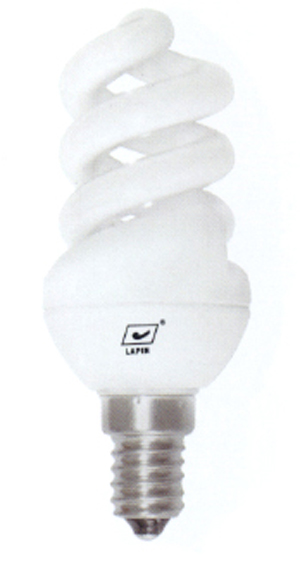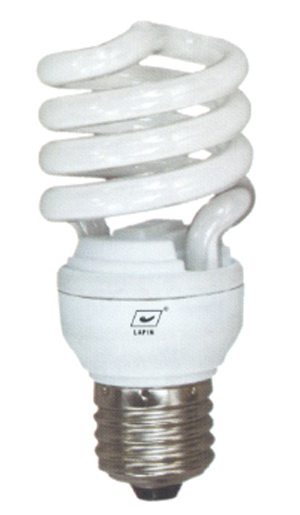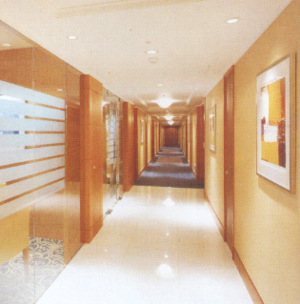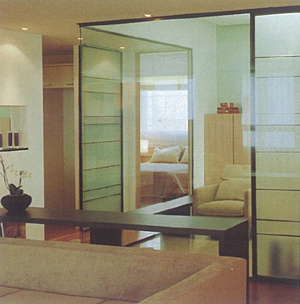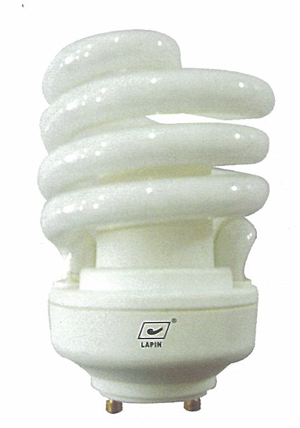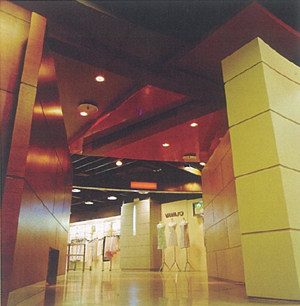Government Subsidies Brighten Sales of Compact Fluorescent Lamps in China
2010/06/01 | By Ken LiuThe mainland Chinese government subsidized the purchase of 62 million compact fluorescent lamps (CFLs) as energy-saving replacements for incandescent bulbs in 2008, and another 150 million in 2009. This year, sales of yet another 150 million CFLs will be subsidized there.
An estimated total of around 1.4 billion incandescent bulbs are being replaced throughout China because of energy-saving and emissions-reduction concerns, creating a demand for about 14 billion yuan (US$2 billion at US$1:6.8 yuan) worth of CFLs. “If all of our incandescent bulbs could be replaced by CFLs,” reckoned Xie Zhenhua, a vice chairman of the Chinese State Council’s National Development and Reform Commission, “we would be able to save at least 48 billion kilowatt-hours a year.”
At a conference on climate change and CO2 reduction during the Third Plenary Session of China’s 11th National People’s Congress, which was held in mid-March this year, Xie said the mainland authorities would step up efforts to promote energy-saving, eco-friendly products this year by continuously implementing plans to foster the use of energy-saving products.
Xie noted that the mainland’s authorities subsidize up to 50% of the price of energy-saving lamps for the general public, and up to 30% for companies. The Beijing Municipal Government pays citizens an additional 40%, on top of the 50%, for the general public. “The result is,” Xie commented, “that Beijing citizens spend only one yuan for a lamp.”
The mainland authorities also include the procurement of efficient air conditioners in their subsidy programs. Efficient air conditioners reportedly accounted for half of the mainland’s air-conditioner sales last year, with over five million units sold nationwide, up from only 5% in 2008. The result, according to Chinese government statistics, is that 1.5 billion kilowatt-hours were saved and a market of 20 billion yuan (US$2.9 billion) was created.
Even before the mainland introduced the subsidy programs, the Chinese National Development and Reform Commission (NDRC) and the United Nations Development Program (UNDP) had been working together to boost the use of energy-saving lamps while phasing out incandescent bulbs in China.
Industry executives point out that the subsidy programs have changed the eco-system of the mainland’s lamp-manufacturing industry. The output of incandescent lamps there dropped around 15% in 2009, while the production of CFLs surged about 30%.
The recession-driven slump in demand in Europe and North America, along with the imposition of protectionist measures, have also inspired China’s lamp manufacturers, who together account for 90% of the world’s annual production of three billion CFLs (and who export 85% of their output), to look more closely at their domestic market.

